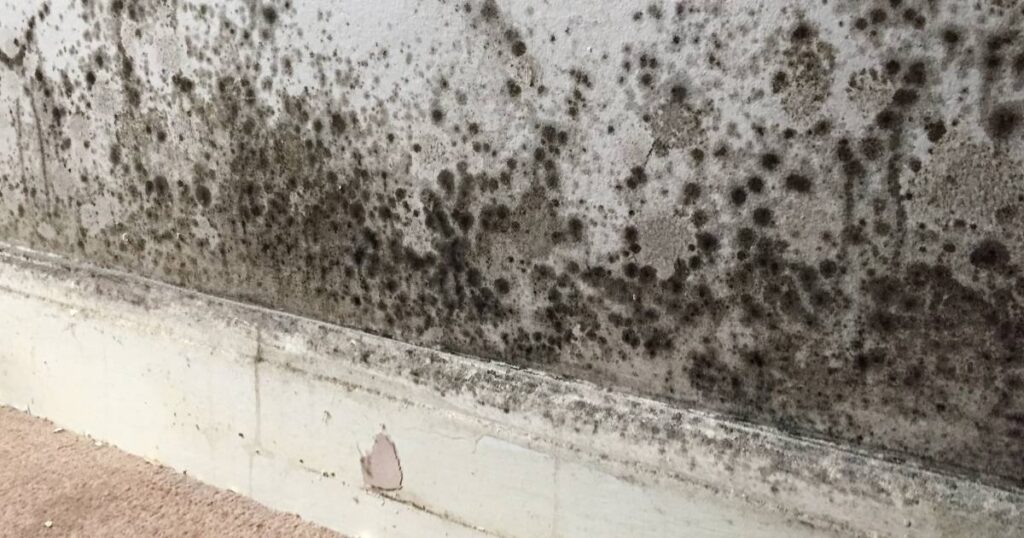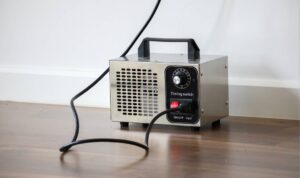The discovery of mold in your home is more than just an inconvenience; it’s a health risk that can affect you and your family. On top of that, remediation services can be financially crippling. As mold becomes a growing concern for homeowners, the inevitable question arises: does a home warranty cover mold remediation? To provide a thorough understanding, this article dives into the intricacies of home warranties, their relationship with mold coverage, and various other aspects you should know.

Understanding Home Warranties
A home warranty is not to be confused with home insurance. Home warranties are service contracts that cover the repair or replacement of essential household appliances and systems, such as air conditioners, electrical wiring, and plumbing. They’re particularly useful when you have aging appliances or when you’re not handy with repairs.
What Typically is Covered?
Standard home warranties often cover:
- Heating, Ventilation, and Air Conditioning (HVAC) systems
- Electrical systems
- Plumbing systems
- Kitchen Appliances (oven, range, dishwasher)
- Laundry Appliances (washer and dryer)
- Water heaters
It’s crucial to read your contract carefully to understand what is and isn’t covered. Coverage can vary greatly between different providers and plans.

Add-Ons and Exclusions
Most home warranty companies offer the opportunity to purchase additional coverage for items not included in the standard plan, like swimming pools or specialized kitchen appliances. However, home warranties come with exclusions, often including ‘pre-existing conditions’ or maintenance issues, which brings us to the topic of mold.
The Mold Dilemma
Mold is a naturally occurring organism that plays a vital role in nature’s decomposition process. However, indoors, mold can cause health issues, including respiratory problems, allergic reactions, and other medical conditions.
Why Isn’t Mold Typically Covered?
Mold is generally categorized as a maintenance issue for several reasons:
- Attribution to Underlying Issues: Mold often grows due to lingering moisture, which can be a byproduct of a leaky pipe, inadequate ventilation, or even design flaws in the house. These issues, particularly if they stem from poor maintenance, are usually not covered by home warranties.
- The Role of Homeowner’s Responsibility: Mold prevention is largely seen as a homeowner’s responsibility. Proper home maintenance, like fixing leaks promptly and ensuring adequate ventilation, can prevent most mold growth.
- Nature of Home Warranties: Home warranties are designed to cover breakdowns due to wear and tear, not problems arising from lack of maintenance, neglect, or natural disasters.

Are There Any Exceptions?
While the rule of thumb is that mold isn’t covered, some exceptions or loopholes could work in your favor.
- Special Add-Ons: Some home warranty providers offer specialized mold coverage as an additional package. This would be outside the standard agreement and come at an extra cost.
- Indirect Coverage: If an appliance like a water heater, which is covered under your home warranty, malfunctions and leads to water damage that subsequently causes mold, the initial repair could be covered. However, the ensuing mold remediation would generally not be part of the deal.
- New Home Warranties: Some builders offer a warranty that covers the structural integrity of the house, including protection against leaks that might lead to mold. This type of coverage is not common but worth checking if you are buying a new build.
Prevention Is Better Than Cure
Even if your home warranty doesn’t cover mold, you should still take steps to prevent it. Prevention is usually more cost-effective than remediation.
Mold Prevention Strategies:
- Maintain Low Humidity: A dehumidifier can help keep your indoor humidity levels below 60%, the threshold above which mold tends to grow.
- Proper Ventilation: Use exhaust fans in moisture-prone areas like the kitchen and bathroom. Make sure your home is adequately ventilated.
- Immediate Repairs: A minor leak can quickly escalate into a major mold problem if not dealt with promptly.
- Routine Checks: Regularly inspect areas prone to moisture, such as basements, attics, and bathrooms. Timely detection can prevent extensive damage and cost.
- Mold-Resistant Products: Utilize mold-resistant products in your home construction and furnishing. This can include mold-resistant drywall or paint.
- Professional Inspection: If you’re buying a new home, getting a home inspection can alert you to any existing mold or conditions that might lead to mold, such as poor ventilation or existing dampness.

What If You Already Have Mold?
If you already have a mold issue, time is of the essence. Some types of mold, like Stachybotrys atra (commonly known as black mold), can be particularly harmful. In such cases:
- Consult Professionals: Mold remediation is not a DIY project. Contact professionals who can safely remove mold and treat the area to prevent future growth.
- Check Insurance Options: Some home insurance policies cover mold remediation under certain conditions. It’s worth checking with your provider.
- Legal Recourse: If your home is relatively new and you believe the mold is due to a construction defect, you may have legal options against the builder or contractor.
Conclusion
While a home warranty can be a financial lifesaver when appliances or systems fail, it typically does not cover mold remediation, which is often seen as a maintenance or homeowner’s responsibility. However, specialized add-on packages for mold might be available for an additional fee. Your best bet against mold is preventive action and timely intervention.
If mold remediation is a primary concern for you, consult with various home warranty providers to see if they offer any specialized plans that include mold coverage. It’s essential to always read the fine print and understand what is covered, what is not, and under what conditions.
Given the health risks and financial implications, mold is not something to be taken lightly. Be proactive, be informed, and take the necessary steps to protect your home and loved ones.



